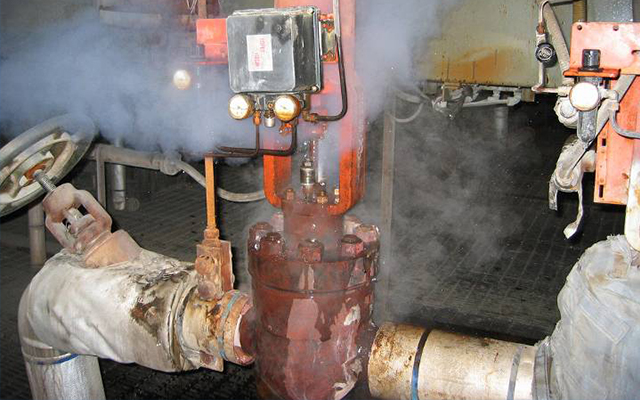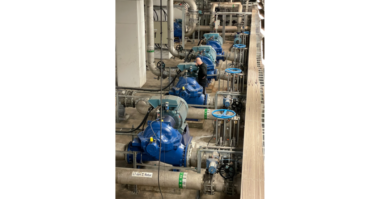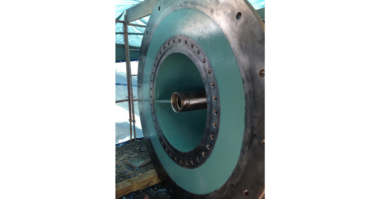Valve packing is a contact seal and its mechanism relies on maintaining a very small gap between two surfaces, just like with every other seal. In addition, a force is required that keeps the surfaces together.
- In the case of a valve stem packing, it is the packing that has the ability to conform and the elasticity to adapt to the surface of the valve stem to maintain a narrow sealing gap.
- The gland bolts in combination with the internal elasticity of the packing material supply the force to maintain the seal. Failure of the seal occurs when one or both of these requirements cease to be met.
- It is not just a matter of increasing sealing force to improve performance because the undesirable downside of this is that stem friction increases when the sealing force increases.
- The engineering challenge is to find the correct sealing force that forms the balance between having a good seal and acceptable stem friction.
Small valves that are not performing are usually replaced by new valves since this is often more cost-effective than repair. Low emission valves (certified according to API624, ISO15848-1 or TA-Luft) are readily available off the shelf.
However, larger valves often require a bigger investment to get compliant with current regulations. An upgrade of the valve might be the most cost-effective option. There are a number of factors to consider.




